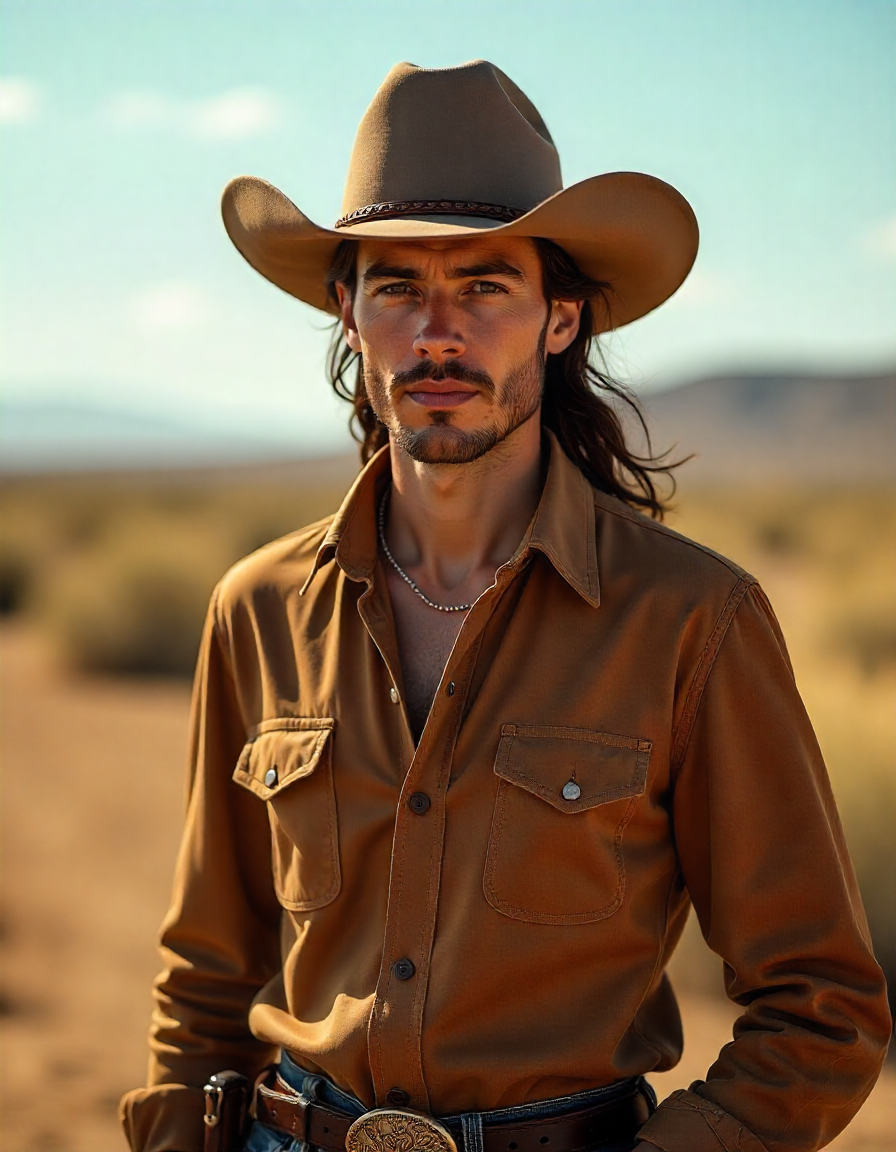When people hear the word “Western,” images often leap to mind: rugged cowboys on horseback, wide open prairies, leather boots caked in dust, and saloon doors swinging. Yet the Western tradition is not just a collection of romanticized scenes from movies. It is a cultural landscape shaped by history, hardship, artistry, and resilience.
The Western way of life—whether expressed through ranching, music, clothing, or values—carries with it a legacy that continues to inspire people far beyond the plains and deserts where it was born. It is about more than cattle drives and six-shooters; it’s about independence, connection to the land, and a sense of community forged in vast spaces.
This article explores the roots of Western culture, its influence on art and style, the enduring fascination with cowboy life, and how these traditions adapt in the modern era.
Roots in Frontier Life
The story of the American West is inseparable from the frontier. In the 19th century, settlers moved across rivers and mountains, searching for land, opportunity, and survival. Life was unforgiving. Families built homes from sod, endured droughts and blizzards, and defended their livelihoods from both natural and human threats.
From this backdrop emerged the figure of the cowboy. Originally influenced by Spanish vaqueros, cowboys were ranch workers who herded cattle, branded livestock, and navigated trails stretching hundreds of miles. Their daily work required skill, endurance, and courage, and they became icons of a rugged, self-reliant spirit.
Yet Western culture was not limited to cowboys alone. It was shaped by diverse voices—Native American traditions, Mexican ranching techniques, immigrant craftsmanship, and African American contributions to cattle ranching. Together, these influences formed a cultural mosaic that still resonates today.
Western Wear: More Than Fashion
One of the most visible symbols of Western culture is its clothing. What began as practical attire for survival in tough conditions evolved into a recognizable style admired across the globe.
-
Boots were designed with pointed toes to slide easily into stirrups and high heels to grip while riding.
-
Cowboy hats, with their wide brims, shielded riders from sun, rain, and dust.
-
Denim jeans, reinforced with rivets, became durable workwear that later turned into a worldwide fashion staple.
Today, Western wear is both functional and expressive. Country music stars step on stage in embroidered shirts and polished boots. Rodeo competitors still rely on traditional gear for performance. And in urban settings, a pair of boots or a fringe jacket adds flair while paying homage to a cultural legacy.
The endurance of Western style lies in its symbolism. Wearing these clothes represents more than fashion—it signals independence, toughness, and a connection to open landscapes.
Music of the West
No discussion of Western heritage would be complete without music. Western songs tell stories of open skies, long journeys, and unshakable resilience. Early ballads carried tales of cattle drives, broken hearts, and outlaw legends. The fiddle, harmonica, and guitar created a soundtrack for frontier life.
Over time, Western music blended with Southern traditions to give birth to country. From classic crooners like Gene Autry and Hank Williams to modern artists mixing folk, rock, and Americana, Western sound continues to evolve. Even film scores—such as Ennio Morricone’s iconic compositions for spaghetti Westerns—carry a musical language rooted in the spirit of the West.
For listeners, this music is not only entertainment but also a form of storytelling. It captures longing, freedom, and the bittersweet reality of wide horizons.
Values at the Core
Beyond imagery, style, and music, the Western tradition is anchored in values.
-
Self
-reliance: Life on the frontier demanded problem-solving and independence.
-
Hospitality: Despite the hardships, travelers and neighbors were often welcomed with generosity.
-
Respect for land: Ranching and farming forged deep ties to soil, water, and weather.
-
Community spirit: Barn raisings, rodeos, and town gatherings reminded people they were not alone in facing challenges.
Even today, these values influence communities in rural areas and resonate with people who may never set foot on a ranch. The longing for freedom, respect for nature, and belief in hard work transcend geography.
Western Art and Storytelling
Artists, novelists, and filmmakers have long been drawn to the drama of Western life. Painters like Frederic Remington and Charles M. Russell captured the grit and romance of the cowboy era. Writers such as Zane Grey and Louis L’Amour filled shelves with tales of outlaws, homesteaders, and sheriffs, feeding imaginations with adventure.
In the 20th century, Hollywood transformed Western stories into a global phenomenon. John Wayne, Clint Eastwood, and other stars embodied the archetype of the lone cowboy navigating justice and morality on untamed frontiers. While some depictions romanticized or oversimplified history, the Western genre carved out a unique place in global storytelling.
Today, directors reinterpret Western themes in modern contexts—combining classic motifs of justice, loyalty, and freedom with contemporary issues. The popularity of television shows like Yellowstone demonstrates how enduring the Western myth remains.
Rodeos and Living Traditions
Western culture is not just a relic of the past; it thrives in living traditions such as rodeos, festivals, and ranching practices. Rodeos, with events like bull riding, barrel racing, and roping, showcase the athleticism and heritage of cowboy skills.
State fairs, Western parades, and local gatherings keep these traditions alive, blending competition with community celebration. For participants, rodeo is not only a sport but also a continuation of family legacies and regional pride.
Meanwhile, working ranches across the West carry on practices that have changed little in a hundred years. Branding cattle, mending fences, and riding long hours remain realities of rural life, even as technology introduces new tools.
The Modern West
While technology, urbanization, and globalization have transformed much of the landscape, the Western spirit adapts. Many young people now blend tradition with innovation—raising cattle while using drones, or preserving ranching heritage while running eco-tourism businesses.
Western lifestyle has also expanded into mainstream culture. Outdoor enthusiasts embrace cowboy hats on hiking trails, city dwellers decorate with rustic furniture, and country music fills stadiums far from ranchland.
At its heart, Western culture continues to speak to something universal: the desire for freedom, the connection to open skies, and the courage to face life with resilience.
Why the Western Spirit Endures
What makes the Western tradition so lasting? Perhaps it is the balance of toughness and poetry. It honors hard work, yet it also celebrates the beauty of sunsets over plains. It demands grit but rewards community. It is both real and symbolic—a lifestyle for some, an inspiration for others.
In times of uncertainty, the Western story reminds people of resilience. In times of disconnection, it offers a reminder of the power of land and neighborliness. And in fashion, music, or art, it continues to reinvent itself for each new generation.
Closing Thoughts
The West is not just a place on a map—it is an idea, a rhythm, and a legacy. Whether in the form of boots and hats, songs by campfires, or stories told on screen, it embodies independence, endurance, and beauty.
To embrace the Western lifestyle is to honor history while living fully in the present. It is about remembering that freedom comes with responsibility, that the land shapes those who live on it, and that even in wide open spaces, community makes life richer.

